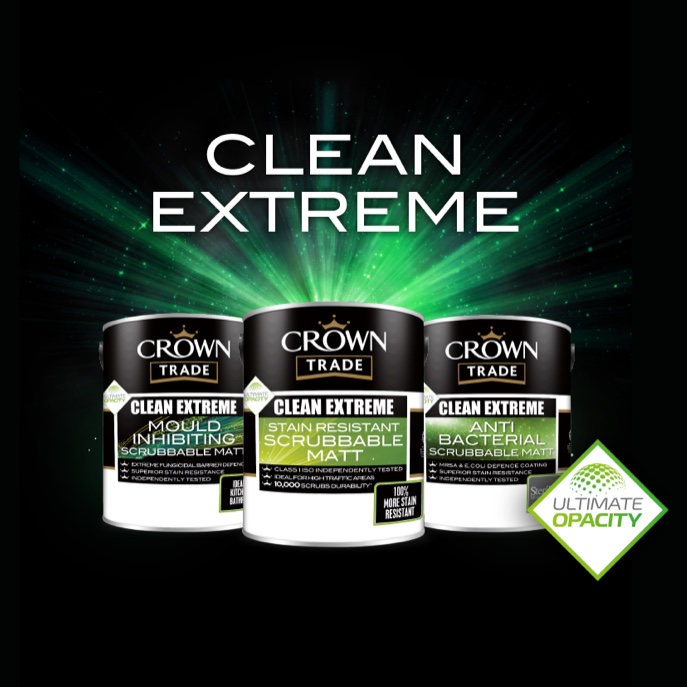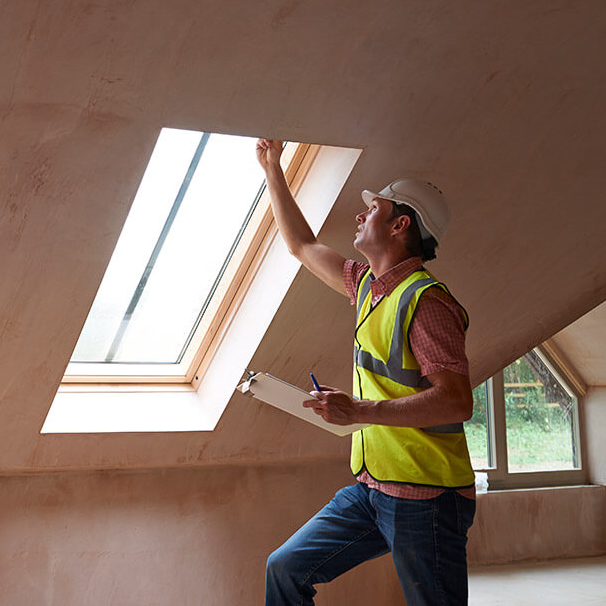Industry Product
Considering The Role of Paint Specification in Fire Safety
5 April 2022
Fire safety is of paramount importance and paint itself is increasingly being considered an integral part of any fire risk assessment.
Building management teams can fulfil their legal and moral obligations to comply with legal requirements by using specialised paint products and other safety precautions to minimise risks and ensure legislative standards are met.
Picking the right paint
Paint is as important as ever in ensuring fire safety throughout buildings. Since paint often coats most of the interiors where it is used, it has the potential to play a key role in improving fire safety.
Different paints are classified by their flame retardance on walls and ceilings. Paint products which are rated Class 0 (BS476 Parts 6 and 7) or Class B (European tests BS EN ISO 11295-2 and BS EN 13823) will inhibit the spread of flames over the surfaces on which they are tested, and won’t generate a large amount of heat that could ignite items some distance away from the seat of the fire.
This does not make the walls and ceiling fire-proof – but, crucially, it can work with other systems to help slow the spread of the fire.
Fighting fire with Timonox
Our Timonox range, for example, has a long, well-established history of providing a first line of defence against the spread of flames and can play a key role in fulfilling building managers’ responsibilities to their premises.
Developed specifically for trade customers, Timonox includes specially formulated flame retardant paints, which can be used in commercial spaces like offices, warehouses, factories, and public sector spaces such as schools, hospitals and police stations to fulfil the duty of care to protect against fire. These paints are also particularly effective for escape routes within buildings, like corridors or stairwells, too.
Our Timonox range is used together as a system that can be customised to suit the requirements and level of risk for individual properties. We also offer risk assessment services as standard to help our clients determine the best system of Timonox products for their needs.
The range also includes both overcoats and base coats, for all kinds of surfaces, including walls, ceilings, floors, and wood-based surfaces. This means any surface can be upgraded to be flame retardant, without necessarily having to remove the original paint.
The use of the primer or base coat will depend on the individual site conditions and coating history. This is important because as multiple layers of conventional paint coatings are added over time, surfaces of a previously non-combustible substrate can become more flammable. Therefore, complete overhauls may need to be considered – but the Timonox range can offer solutions to this too.
All products within the range have also been independently tested on a variety of substrates and achieved the highest ratings of Class 0 (BS476 Parts 6 and 7) and Class B (European tests BS EN ISO 11295-2 and BS EN 13823).
Specifying for safety
By utilising flame-retardant paint, commercial and public buildings can also benefit from the products excellent stain resistance, resistance to graffiti, and will provide all-round high performance for a long-lasting finish – and with our Timonox range covering a vast selection of colours, there’s no need to compromise on aesthetics.
Specifying paint to enhance fire protection is no easy feat, but our experts are on hand to help customers to navigate the complexities and help ensure regulations are met.






